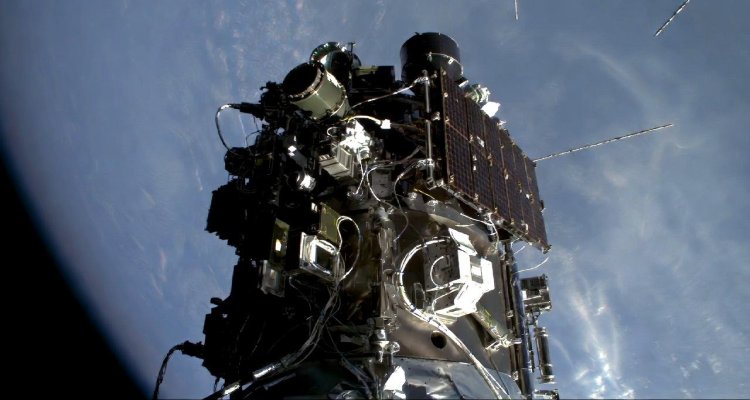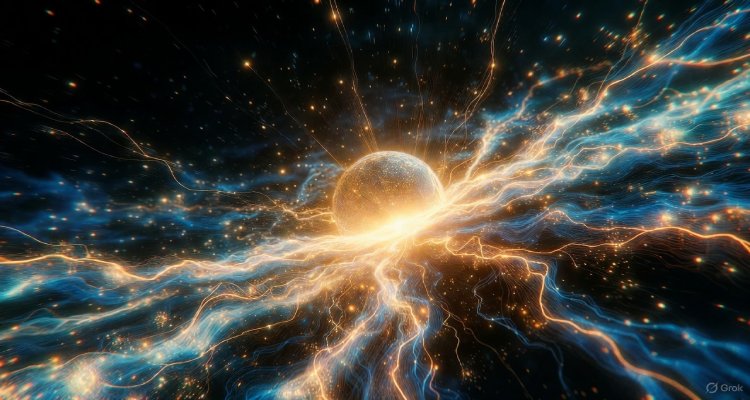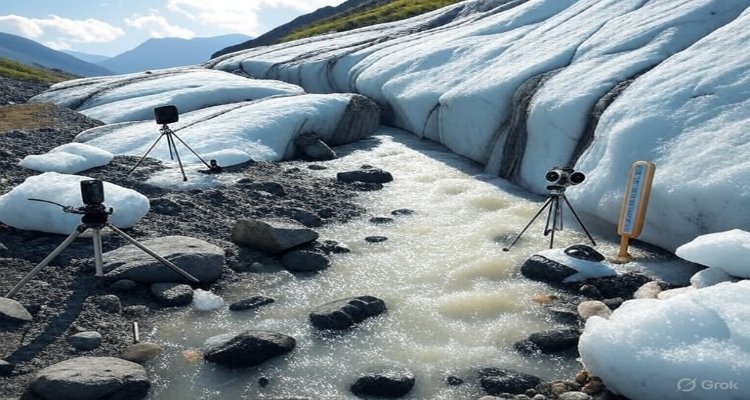The Science of Eternal Ice: What Melting Glaciers Reveal
Explore how the science of melting glaciers unearths vital truths about climate change, sea-level rise, water resources, and the future of Earth’s ecosystems.
Melting glaciers are offering profound lessons about climate change, water resources, and the delicate balance of Earth’s ecosystems, according to recent scientific findings and expert analyses.wmo+2
Introduction: The Mystery of Eternal Ice
For centuries, the world’s glaciers have been symbols of permanence and endurance, appearing immortal across generations. Yet, new research reveals that these colossal rivers of ice are melting faster than ever recorded, turning ancient stability into a global warning sign.bbc+1
Context & Background: From Frozen Legacy to Fragile Future
Glaciers—the vast reservoirs of freshwater locked into ice—have shaped landscapes and sustained civilizations for millennia. In just the past two decades, the planet’s glaciers have lost about 5% of their total ice volume, a staggering decline driven primarily by human-induced climate change. Between 2000 and 2023, studies show an average annual loss of 273 billion metric tons of ice, with the pace accelerating by 36% between 2012 and 2023 compared to the previous decade. Regions like the Alps have seen up to 40% volume loss, while even remote islands are not immune.climate+5
Main Developments: What Melting Glaciers Reveal
The accelerated glacier melt is reshaping coastlines and threatening freshwater supplies for millions. Every millimeter of sea-level rise exposes 200,000 to 300,000 more people to annual flooding, and small increases in ocean levels could mean millions more at risk globally. The loss of massif ice disrupts local climates, reduces hydroelectric potential, lowers agricultural yields, and endangers wildlife that depend on cold habitats. These shifts are already manifesting as more extreme weather events, higher risks of natural disasters, and vanishing species in vulnerable regions.aljazeera+7
Expert Insight: Voices from the Frontlines of Science
Scientists are sounding alarms worldwide. Dr. Lauren Vargo, Antarctic Research Centre, notes, “Glaciers globally have lost more volume over the past three years compared to any other similar period since measurements began. This impacts global sea level rise, water resources, hazards, ecosystems, and cultural connection to place.” Professor Zemp, University of Zurich, adds, “What happens on the glacier doesn’t stay there. Every fraction of a degree of warming we can prevent preserves some glaciers and shields us from considerable damage.” Glaciologists emphasize that while larger bodies like Antarctica respond slowly, smaller glaciers may disappear within this century unless global emissions are reduced.sciencemediacentre+3
Impact & Implications: Consequences for Ecosystems and Societies
The melting glaciers are a harbinger of profound change. Rising seas will disrupt coastal communities and infrastructure, while diminished snowmelt threatens water supplies in Asia, South America, and Europe. Hydro-dependant regions may face energy shortages; farmlands relying on glacial meltwater could become barren. The loss of cold habitats imperils countless species, further straining ecological balances. As glaciers thin and retreat, geohazards such as floods and landslides become more frequent and severe.nature+5
Conclusion: Reflections on the Vanishing Ice
The story of eternal ice, once marked by stoic resilience, is now a dynamic and urgent chapter in Earth’s climate crisis. What glaciers reveal is not just the scale of environmental change, but also the degree to which collective action can stem losses—or allow them to accelerate. As the world marks the International Year of Glacier Preservation in 2025, scientists, policymakers, and citizens face critical choices. Every bit of warming we prevent keeps more of these ice-bound memories alive for future generations.economictimes+4
Disclaimer: This article presents research-based information for educational and journalistic purposes. The findings and quotes are based on expert reports and recent studies; readers are encouraged to consult source material for further investigation.











